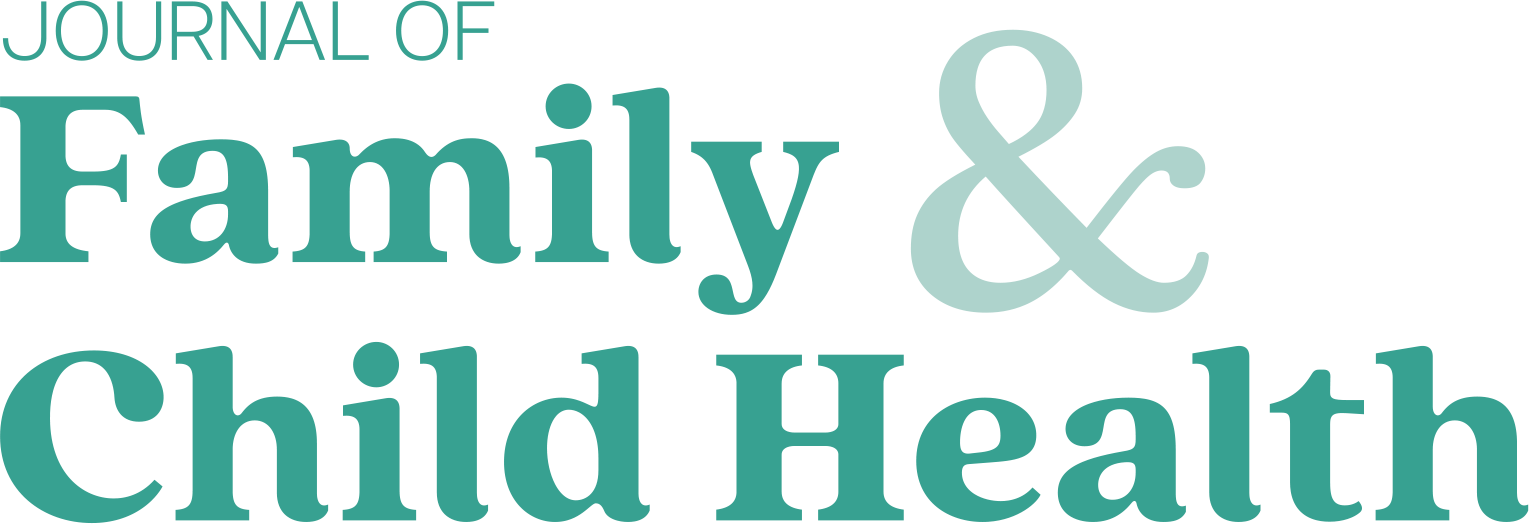Primary school-aged boys living in England are more likely to be overweight than their female classmates, according to the latest figures from the National Child Measurement Programme (NHS Digital, 2024).
The report, published in November, found that the prevalence of obesity in reception children had increased from 9.2% in 2022/23, to 9.6% in 2023-4, including 2.6% who were severely obese.
However, the proportion of children in Year 6 who are obese has decreased from 22.7%, to 22.1% during the same period.
In both age groups, boys were more likely than girls to be overweight. In reception, 9.9% of boys were obese, compared with 9.4% of girls, while in Year 6 the distinction was more pronounced with obesity affecting 24.5% of boys and 19.6% of girls.
When breaking down the figure for trends in ethnicity, it was found that in both reception and Year 6, the proportion of children living with obesity was highest for Black children, 13.7% and 30.4% respectively, and lowest for Chinese children 4.4% and 13.6%.
Children from an Asian background were the most likely to be underweight, 4.3% in reception and 4% in Year 6.

The NCMP is a major part of the government's approach to tackling childhood obesity by annually measuring over one million children and providing reliable data on the rates of children living with obesity. Children are measured in reception, aged 4–5 years, and Year 6, aged 10–11 years, in mainstream state-maintained schools in England.
The programme was launched in the 2005/06 academic year and, in most local authorities, parents are informed of their own child's weight, and provided with advice and support on achieving a healthy weight for their child, if needed.
The latest report contains analysis for the last academic year and shows body mass index (BMI) prevalence broken down by age and sex, local authority and region, as well as levels of deprivation and ethnicity.
The report found a strong relationship between deprivation and obesity, though it does not name or identify any particular areas or regions of the country.
Children and young people living in the poorest parts of England recorded an obesity prevalence that was more than twice as high as their peers living in more affluent areas. Reception children in the most deprived areas were more than twice as likely to be obese than those in the least deprived part of the country – 12.9% compared with 6%.
The difference was even greater for children in Year 6, where the proportions were 29.2% compared with 13%.
The NCMP figures also showed that the proportion of children in Year 6 who were underweight had gone up slightly, from 1.6% in 2022/23 to 1.7% in 2023/24.
Overall, the statistics showed, about three-quarter of reception children were at healthy weight, and 1.2% were underweight. In Year 6, 62.5% were at a healthy weight.
‘The report found a strong relationship between deprivation and obesity, though it does not name or identify any particular areas or regions of the country. Children and young people living in the poorest parts of England recorded an obesity prevalence that was more than twice as high as their peers living in more affluent areas’
Although the NCMP now has 18 years of data relating to the obesity of children at both ends of primary schools, figures during the height of the COVID-19 pandemic tend to be incomplete. In reception children, the prevalence of obesity was relatively stable between 2006/7 and 2019/20, and varied between 9.1% and 9.9%. This increased to 14.4% in 2020/21 and then went down to 10.1% in 2021/22 and to 9.2% in 2022/23, which is one of the lowest rates since the collection of data started.
Between 2006/07 and 2018/19, the prevalence of severe obesity varied slightly between 2.1% and 2.4%, and is now 2.6%.
In Year 6 pupils, the prevalence of obesity remains higher than pre-pandemic levels, unlike the situation for reception children.
Among Year 6 children, the prevalence of obesity increased from 18.7% in 2009/10 to 21.0% in 2019/20, and before the COVID-19 pandemic. It increased to 25.5% in 2020/21 and then has decreased for each collection year since, falling to 22.1% in 2023/24.
The difference in obesity prevalence between boys and girls was larger in Year 6 than in reception. Data for 2023/24 shows that 9.9% of boys and 9.4% of girls in reception were living with obesity compared with 24.5% of boys and 19.6% of girls in Year 6. In reception, underweight prevalence was higher for boys, 1.6%, than for girls, 0.8%. However, in Year 6 underweight prevalence was higher for girls at 1.8% than for boys 1.5%.
Sarah Walter, integration director at the NHS Confederation (2024), said: ‘These new figures paint a bleak picture of the health of our children, with almost one-in-10 starting their first year at school now obese. It is yet more evidence of the stark health disparities across the country, with children and young people living in the most deprived areas more than twice as likely to be obese compared with those living in the least deprived areas.
‘Our members have welcomed the government's commitment to prioritise prevention and its mission-based approach to the population's health. Tackling inequalities is one of integrated care systems' (ICS) main purposes, with health and care leaders committed to this. ICSs are working incredibly hard to help improve the health of the population, working alongside partners in local government, education, employment services, and the voluntary, community and social enterprise sector.’
Meanwhile, Dr Helen Stewart, Officer for Health Improvement at the Royal College of Paediatrics and Child Health (2024), said it was ‘impossible to ignore’ that poorer children are over twice as likely to be obese than their peers from more well-off backgrounds.
‘This is a long-standing health inequality that successive governments have failed to tackle,’ she said. ‘It is clear to paediatricians that progress on childhood obesity cannot be achieved without also addressing our out-of-control rates of childhood poverty and deprivation. We are calling on our government to publish the new child poverty strategy, with a clear focus on role of health, to expand free school meals and to finally commit to scrapping the two-child limit to benefit payments – which we know is keeping over a million children in poverty and entrenching health inequalities.’


